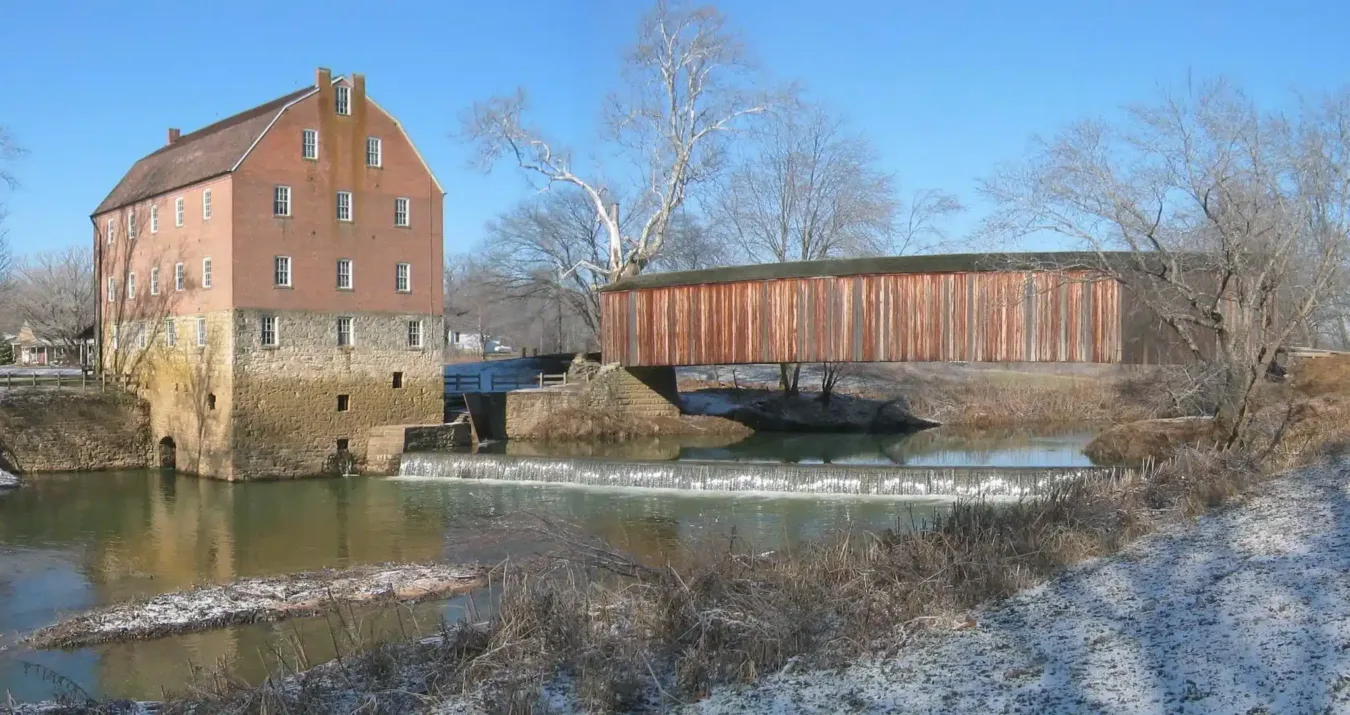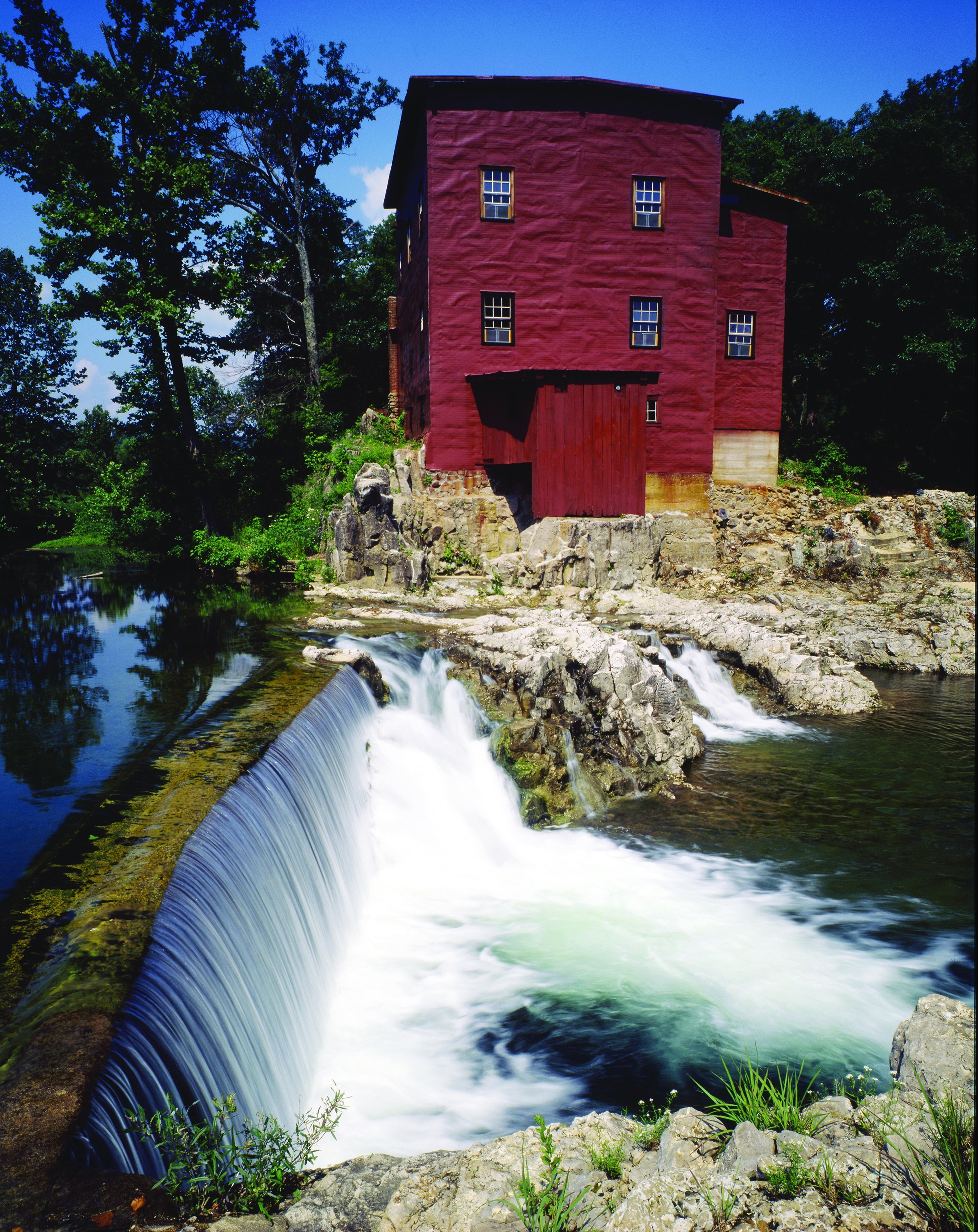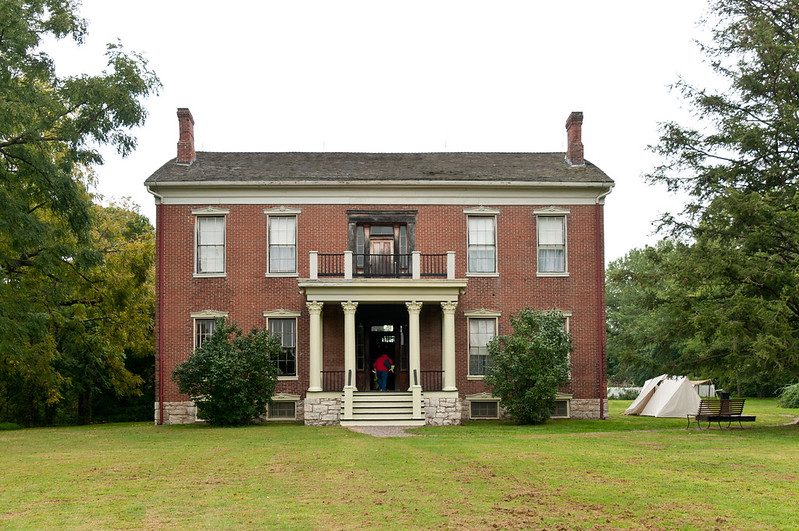Nathan Boone, son of the famous pioneer, Daniel Boone, and family moved to the homestead in Ash Grove from their estate in St. Charles County. The site is now a State Historic Site and well worth a visit. His cabin, home furnishngs and the gardens are available to tour.
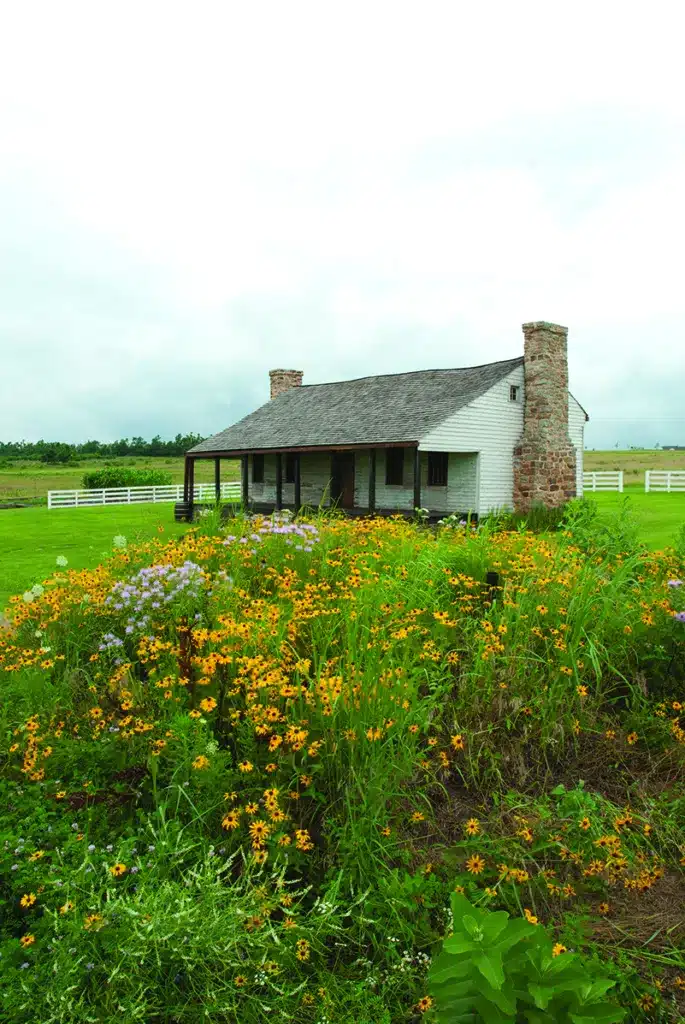
Photo credit: Photo by Scott Myers
COL. NATHAN BOONE, SOLDIER, surveyor, explorer, and son of the famous pioneer, was starting over again at the age of fifty-seven when he had to sell his handsome stone house and land in St. Charles County, possibly to get out of debt, and move his family to a hand-hewn dogtrot log cabin at Ash Grove northwest of Springfield.
The site of the new Boone farm was in a shallow swale formed by a tributary of Clear Creek, which runs west to the Sac River a mile and a half away. The landscape, now partially restored to native prairie flora with limestone glades that harbor thriving populations of the endangered Missouri bladderpod plant, probably looks today much as it did when Nathan first saw it. Patches of trees stand along the creek, and small woodlands mark the family burial plot and several springs. The house here was far less grand than the one he’d left in St. Charles County.
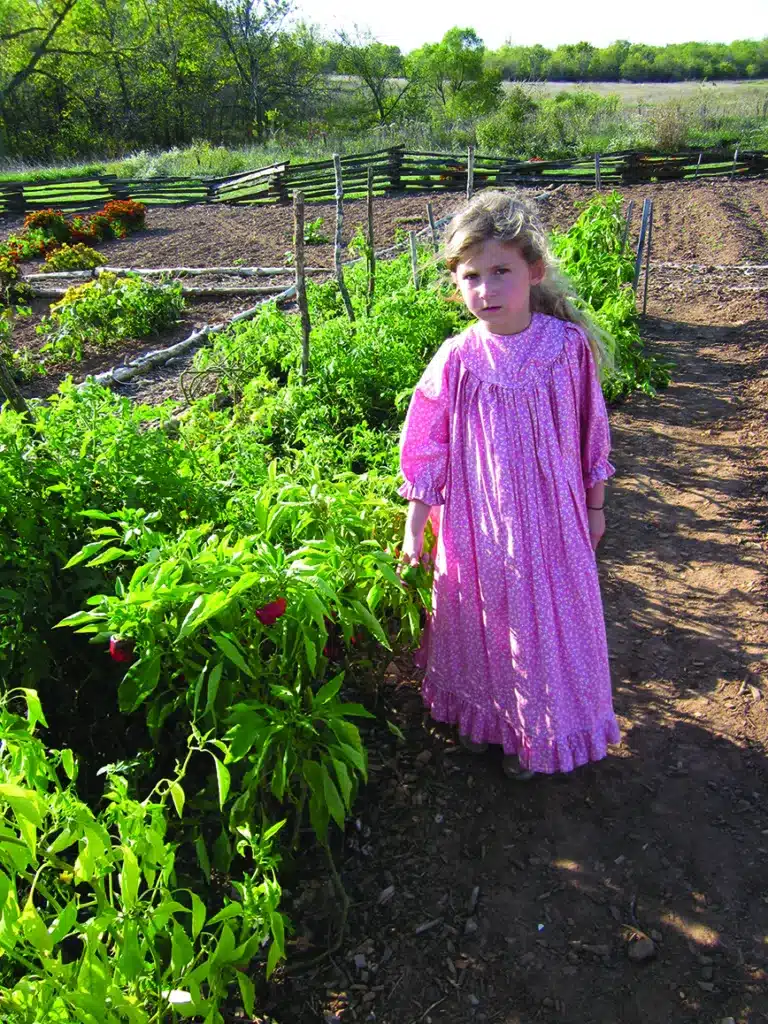
Photo credit: Photo by Bonnie Roggensees
Nathan was able to enjoy his new home on the prairie only on sporadic furloughs between his army assignments. Olive stayed here and cared for her aged mother (who lived to 104), her younger daughters, several orphaned grandchildren, and other relatives while managing the farm and five to fifteen slaves
during Nathan’s long absences. The farm had hogs, cows, sheep, horses, oxen, and several hundred acres of land growing corn, oats, potatoes, and wheat.
In 1848, Nathan took sick leave and returned to Ash Grove. He never again saw active duty and re- signed his commission at age seventy-two in 1853. He rode over his farm checking on crops and livestock when he was able and enjoyed sitting on the veranda telling stories of his adventures. When he died in 1856, he was buried a few hundred yards north of the house. Two years later, Olive died; she had once been his sixteen-year-old bride. There they still lie, amid some of their grandchildren.
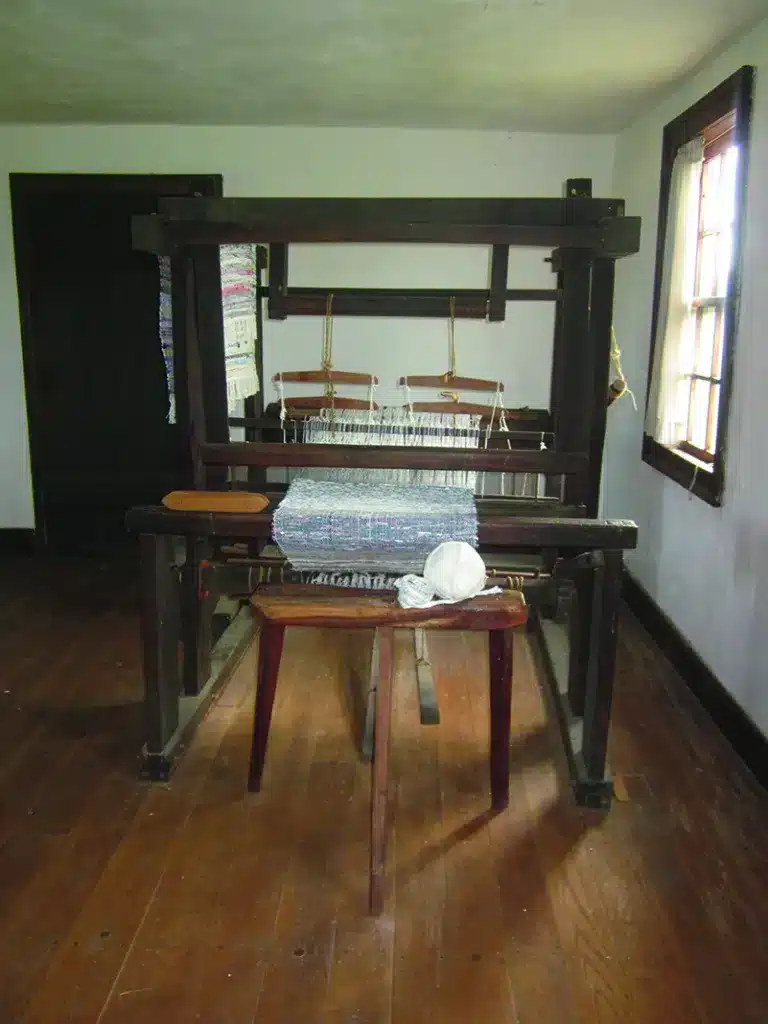
Photo credit: Photo byBonnie Roggensees
The luck of Boones with land had never run smoothly, and even this last homestead was entangled in a court fight among Nathan and Olive’s children and then left the Boone family entirely in 1897, when it was sold to cover a Boone grandchild’s debt. Perhaps fate finally smiled on August 15, 1991, when the Mis- souri Department of Natural Resources took title to 370 acres of original Boone land. There will now be a Boone homestead on the map in perpetuity, as if the grateful citizens of their adopted state are holding in trust for this illustrious pioneer family the land that eluded them in their own lifetimes.
At the time of Nathan’s death in 1856, local residents referred to the Boone home as Boone mansion.
There is fishing, hiking, picnic areas, and a visitors center, interpretive programs, or site tours at the Nathan and Olive Boone Homestead State Historic Site.

Greene County
Trails
• Homestead Interpretive
Trail (0.5 mi)
• Spring Box Trail (1 mi)
• Prairie View Trail (2.4 mi)
Nathan and Olive Boone Homestead State Historic Site
7850 N Hwy. V, Ash Grove
To purchase State Parks Special Edition book click here.
And to purchase Missouri State Parks and Historic Site book, click here.
Related Posts
Bollinger Mill State Historic Site
Bollinger Mill and Burfordville Covered Bridge provide you with a step back in time to experience genuine grist milling, a stroll through the oldest covered bridge in Missouri, and a peaceful rest along a tree-lined stream.
Visit Dillard Mill State Historic Site.
The 132-acre Dillard Mill State Historic Site offers a fully operational turbine-powered roller mill which can be toured and a mill store built around 1899. There is also a day-use picnic area with a shelter and a mile-and-a-half hiking trail through a glade and wooded uplands east of the mill.
Visit the Battle of Lexington State Historic Site
Lexington, Mo is brimming with annetebellum homes and amazing architecture, and is surrounded by beautiful landscapes. The Anderson House was used as a hospital during the Civil War. The site is most notable for the Battle of the Hemp Bales. Come find out why.

